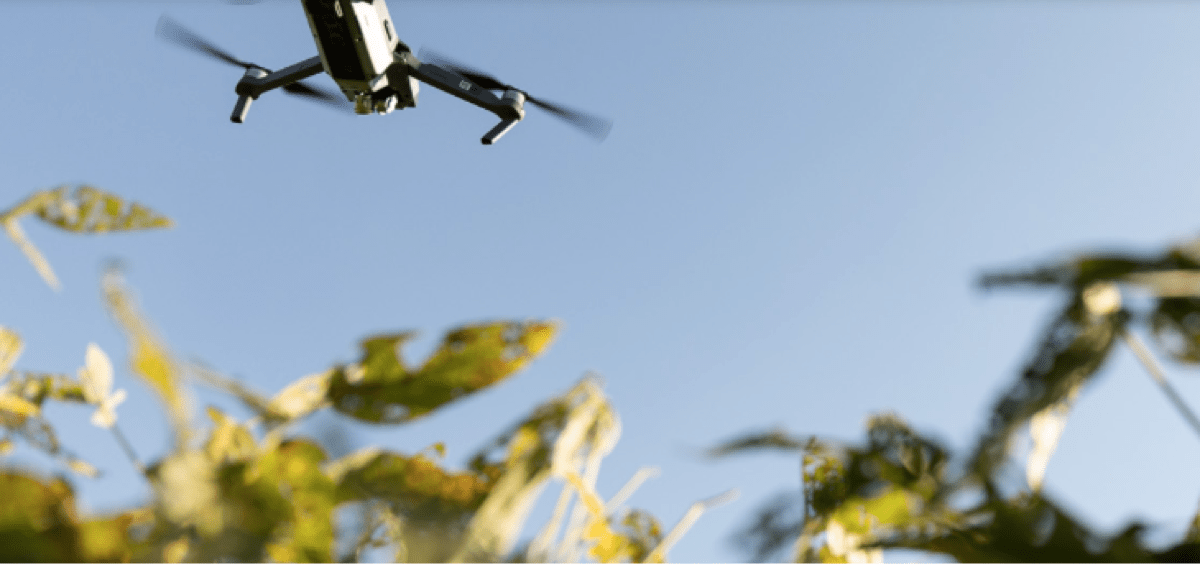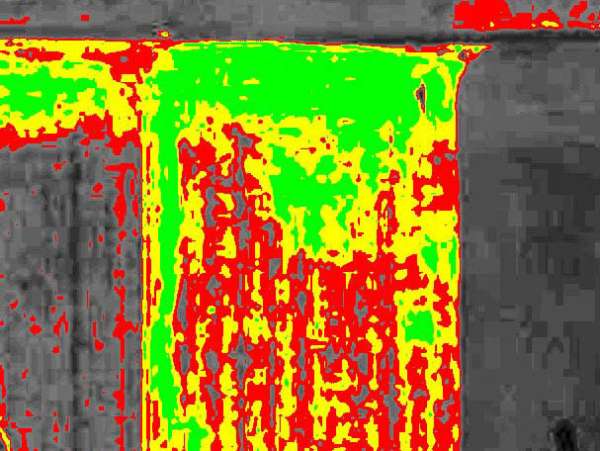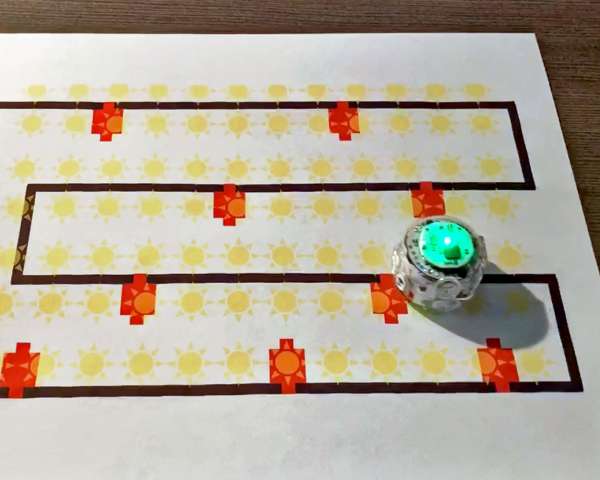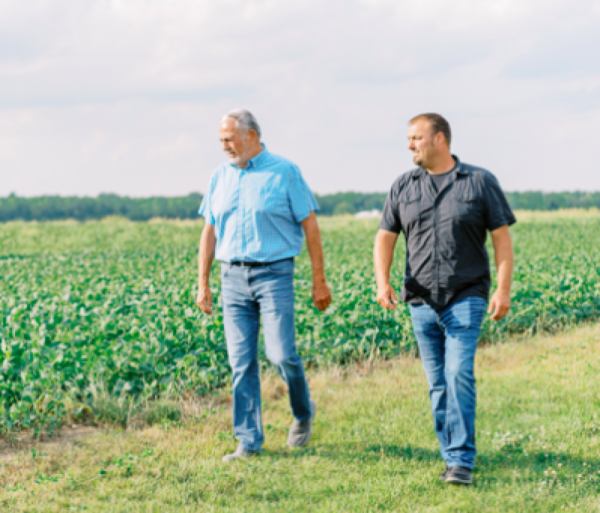article from Ohio Soybean Council, by Madi Layman
Since the invention of computers, we’ve seen that they can be used to perform complex tasks. Some would say having an intelligence of their own — artificial intelligence (AI). Dr. Scott Shearer from the Department of Food, Agricultural and Biological Engineering at The Ohio State University says that “artificial intelligence attempts to emulate the human brain and the way we learn.”
Just as human intelligence is developed through learning, reasoning and problem solving, AI is developed in a similar way. This is the basis of Shearer’s research as he applies AI to agriculture through drone technology and weed identification.
Shearer uses a system on a chip (SOC) technology known as a Raspberry Pi, which is a credit-card sized fully operational, personal computer. Since the beginning of Shearer’s research, his students have upgraded to a similar SOC that is specifically designed for AI applications. Shearer and his team paired a Jetson Nano graphical processing unit (GPU) with camera and the SOC technology with a small Unmanned Aerial System (sUAS) to collect images in soybean fields from above the crop canopy.
To apply this technology to the agricultural field, Dr. Shearer teamed up with Ohio State weed scientist Dr. Mark Loux to address the glyphosate resistant weed problem by identifying weed escapes. Using the sUAS and SOC-camera pairing, the team is developing an “image training database” for weed escapes in soybeans.
The goal is to train convolutional neural networks (CNNs) to categorize images of common soybean stressors. Existing, pretrained CNN classifiers are retrained using the soybean image library for deployment on the Jetson Nano GPU and camera combination. The CNNs are trained to recognize crop stressors so this technology can be flown on sUAS for capturing and analyzing images to map weed escapes. CNN classification accuracies are continually evaluated to help build confidence with farmers and crop consultants as AI is deployed in new product offerings for agriculture.
“Using this technology will reduce the amount of herbicide applied to fields, which is not only better for a farmer’s bottom line, but it will also decrease the chemical footprint on surrounding environments,” said Jerry Bambauer, Auglaize County soybean farmer and Ohio Soybean Council research committee chair.
By using AI and sUAS technology, Dr. Shearer and his team at Ohio State hope to provide protocols and technologies to identify, map and eradicate weed escapes by first surveying a field with a scouting sUAS and then dispatching a second sUAS to eradicate weed escapes. This would replace the traditional spray application methods for small areas of early weed escapes, hopefully extending the life of glyphosate resistant technology for weed management on Ohio farms.
“Companies like John Deere and Greeneye Technology have already adopted AI-enabled systems to detect and spray individual weeds, and I see other companies doing the same in the future,” Dr. Shearer said. “AI will also be used to turn time series data, such as seasonal weather information, into actionable information for water and nutrient management.”
Dr. Shearer and his team are growing their AI data sets every day. The Ohio Soybean Council finds value in investing in this research because it will create cost-effective solutions for Ohio farmers when managing their soybean crop.
To learn more about OSC’s investment in agronomic improvements and technological advancements, read the 2021 Research Report.





Share this